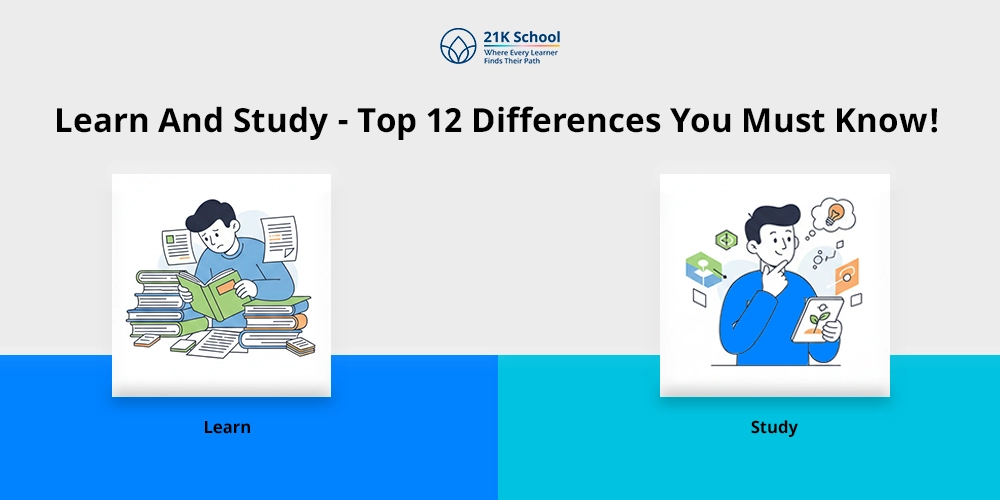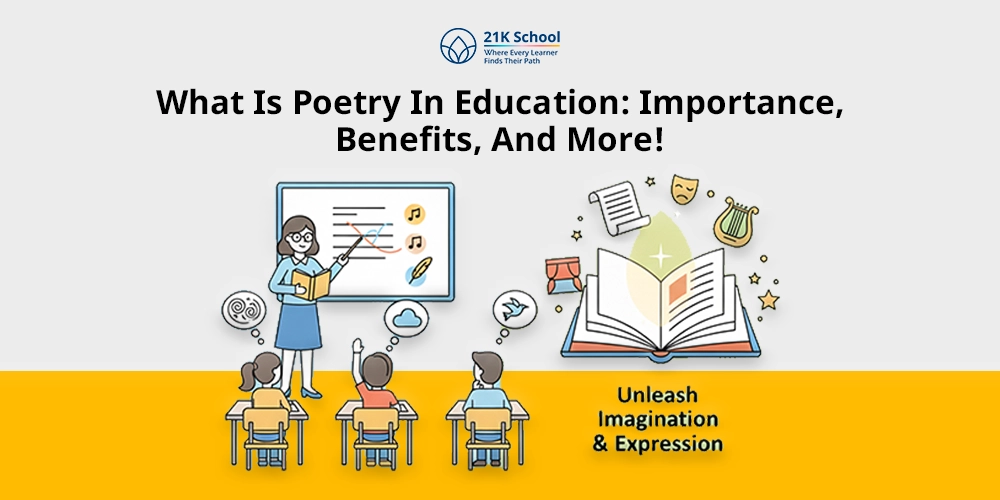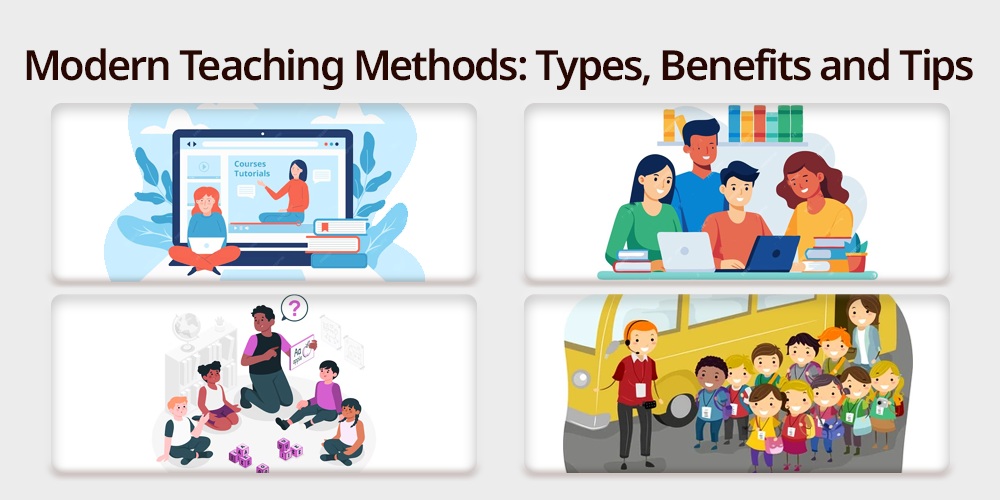
Are you looking for some new methods to incorporate into your teaching process? Looking for the best solutions?
If yes, then no worries, today we will discuss the amazing and different teaching methods.
Yes, there are some engaging teaching methods that every teacher can use and make learning more interesting for their students. Nowadays, technology plays an important role in interactive online teaching.
Methods of instruction remain central in determining how students receive information, as well as their learning. With the right approach, learning can be fun, productive, and meaningful—far more effective than traditional cramming.
Exploring a variety of classroom techniques, ranging from live lectures to the use of technology, can assist educators in meeting student expectations.
It is now time to take a closer look at the various teaching strategies, how they are beneficial, and how one can apply them successfully.
Contents
Types of Teaching Methods
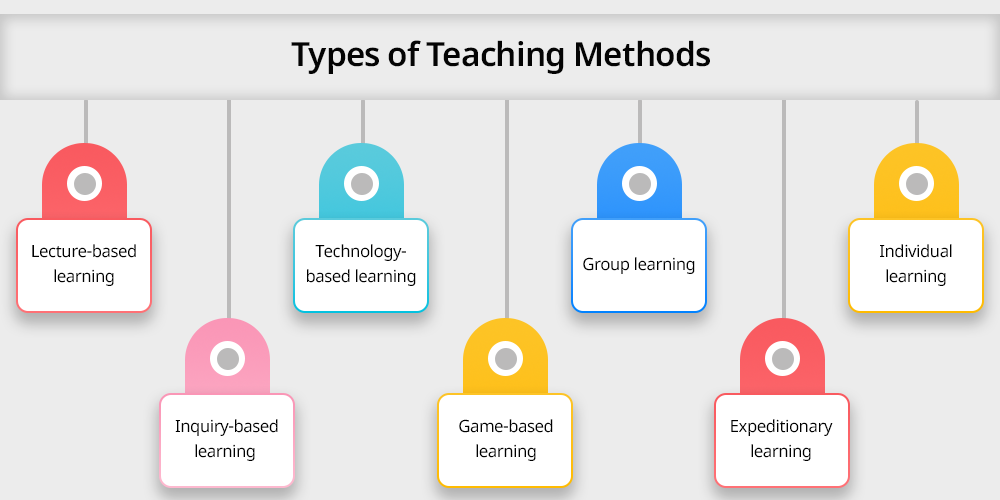
Here are the list of different types of teaching methods:
1. Lecture-Based Learning
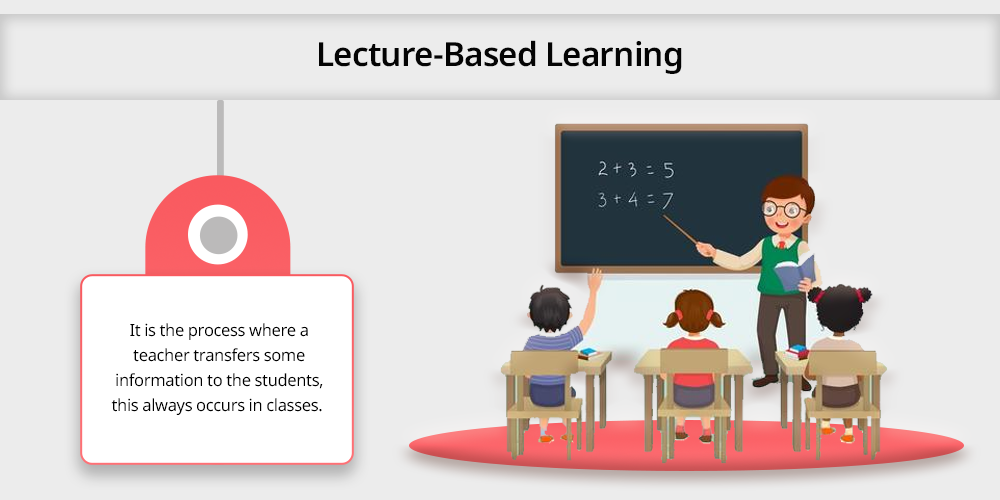
It is a teaching style that has probably been in use for the longest time and is employed by most if not all universities. It is a process in which a teacher delivers information to students, typically in a classroom setting.
Use of this method is most suitable when presenting a large body of knowledge in an organized manner. However, it is not easy to engage students most of the time.
The use of aids such as visual displays, stories, jokes and questions and answers help to enhance the boring nature of lectures.
2. Technology-Based Learning
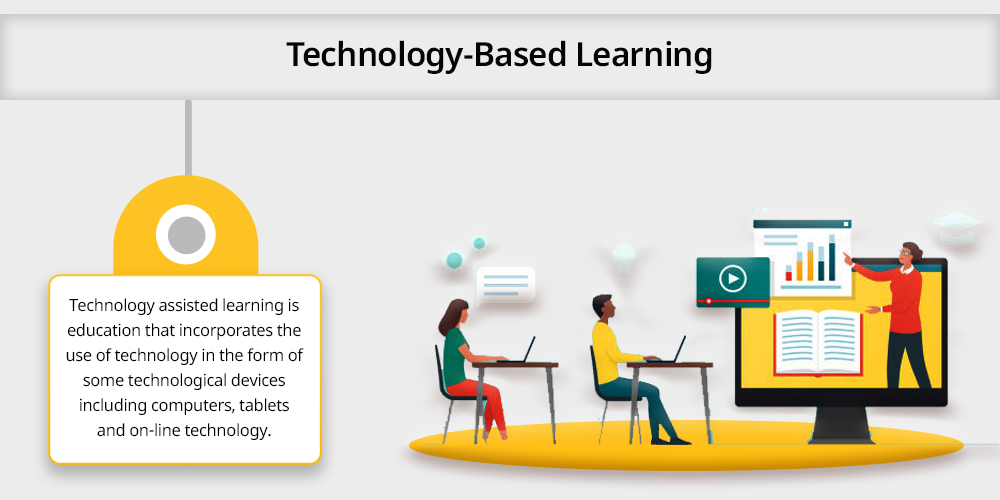
The technical advancement that has come about has made learning even more flexible and easier.
Technology assisted learning is education that incorporates the use of technology in the form of some technological devices including computers, tablets and on-line technology. Even technology also benefits the k12 students in their learning process.
Group work through the use of computers and television programs, web based classes, applications and presentations form part of this method.
Technology helps in improving interaction while at the same time making it possible to deliver differentiated content.
For example, adaptive online learning can deliver a particular content in a way that may suit one learner as compared to others.
3. Group Learning
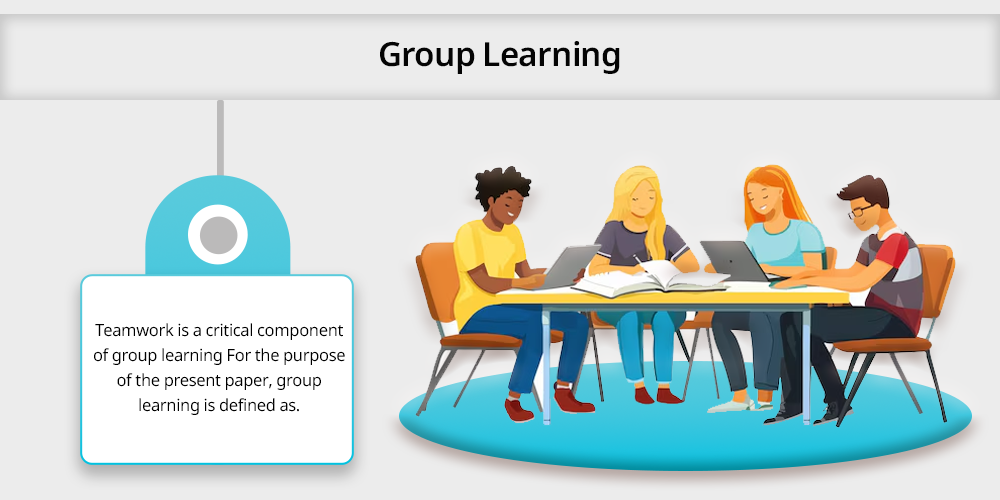
Teamwork is a critical component of group learning. For this purpose, group learning can be defined as a collaborative method that encourages communication and critical thinking.
This method fosters co- operation among the students and hones their communication and analytical skills.
Such tasks as group work, discussions and group critique contribute to the development of the team feeling and mutual accountability.
As with the group, the student is able to pick up what each of them is good at and the different views they have.
4. Individual Learning
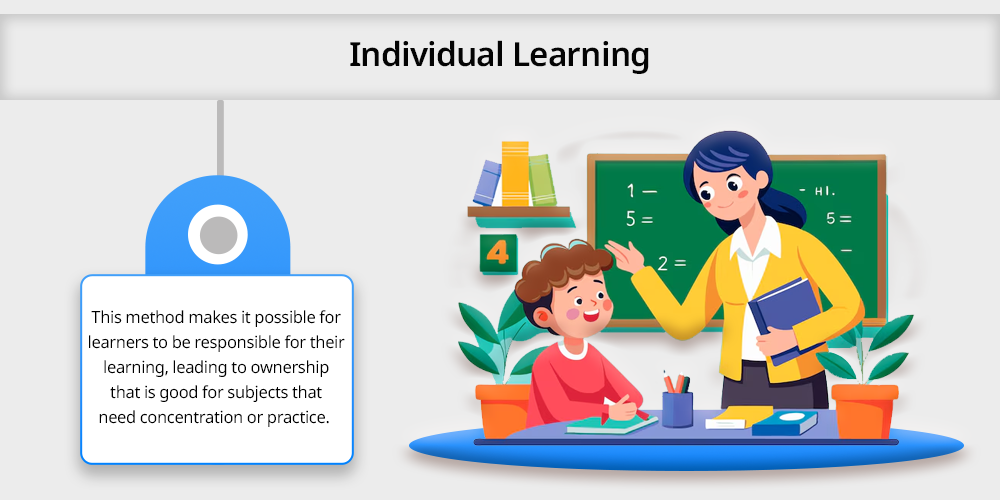
Individual learning focuses on allowing students to learn independently at their own pace, promoting personal responsibility and deeper concentration.
This method makes it possible for learners to be responsible for their learning, leading to ownership that is good for subjects that need concentration or practice.
When implemented such methods as guided practice, individual study, and individual projects allow students to conduct research at their own pace.
5. Inquiry-Based Learning
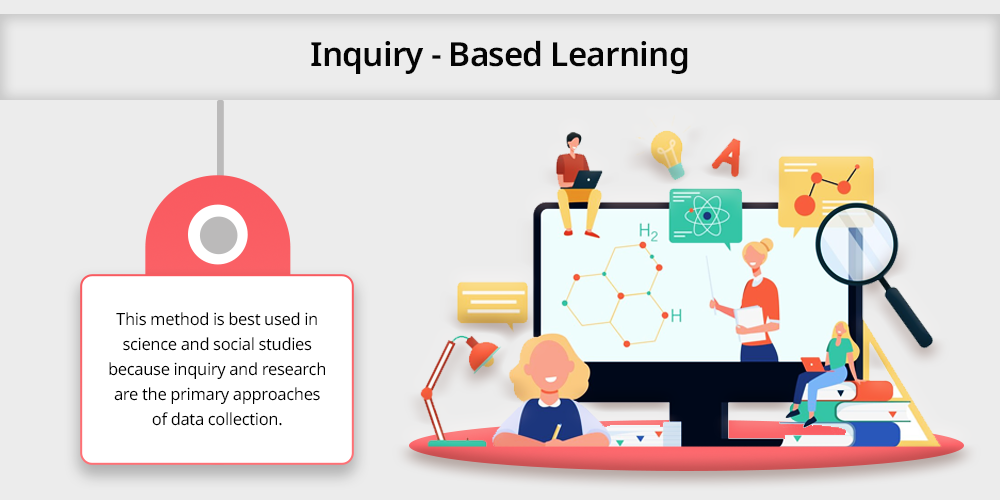
Questioning or ask and seek is the central idea of inquiry based learning.
Students are expected to explore, evaluate, and draw conclusions or make decisions. This approach encourages critical thinking.
Teachers merely provide instructions and lead the learners through the process of searching for the required information.
This method is best used in science and social studies because inquiry and research are the primary approaches of data collection.
6. Game-Based Learning
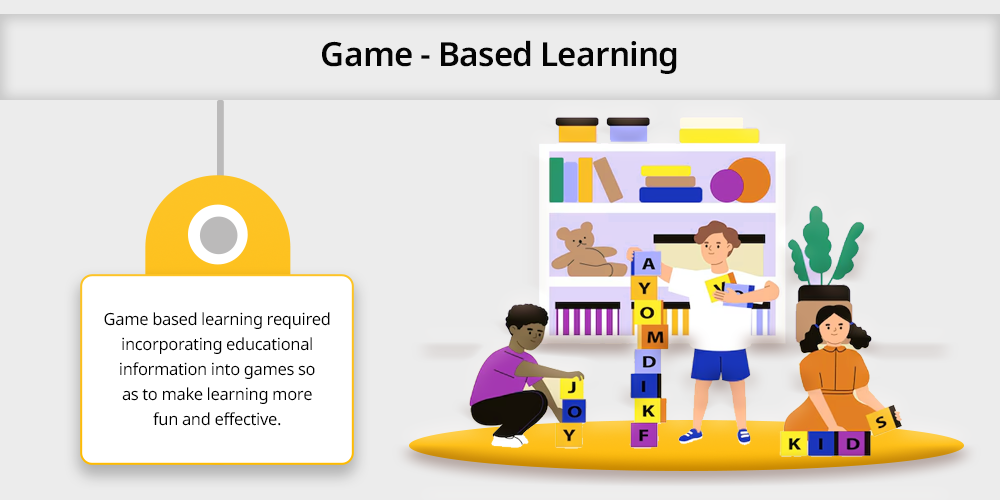
Game based learning required incorporating educational information into games so as to make learning more fun and effective.
In any case, from memory games to online quizzes to drama activities, this approach entices students by fun and learning. It is an ideal method for explaining difficult concepts in a simpler and more enjoyable way.
7. Expeditionary learning
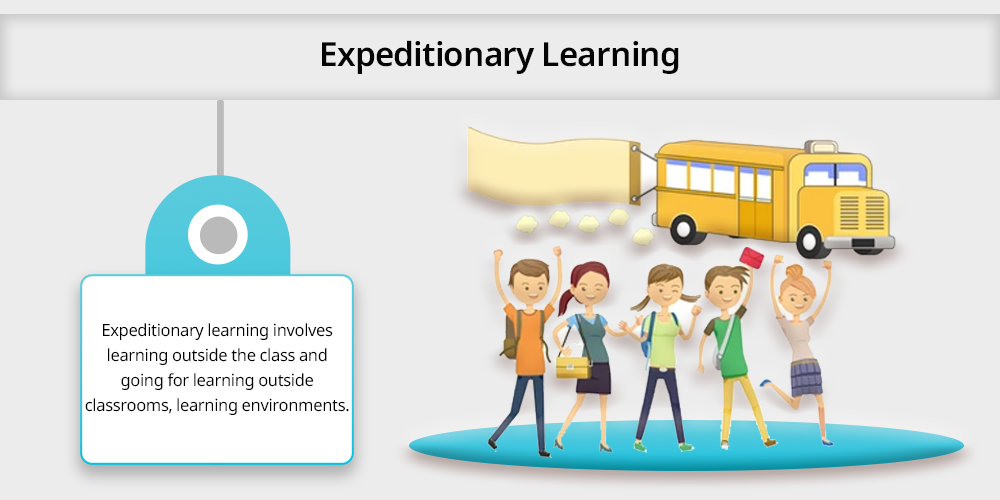
Expeditionary learning involves hands-on experiences outside the classroom, such as field trips and community-based projects.
Experiential education includes field trips, projects in the neighbourhood and many activities out of doors. In addition to enhancing general assimilation, it allows for the transfer of knowledge into practice directly by the students.
Benefits of Using Teaching Methods
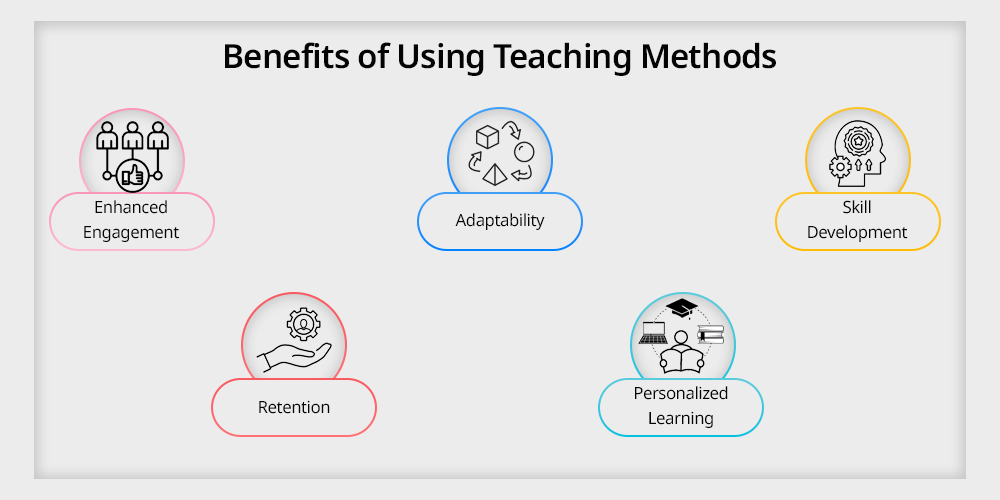
All the mentioned teaching strategies have their advantages in the process of learning.
By understanding these advantages, educators can select the most appropriate approach for their students:
- Enhanced Engagement: As such, different approaches retain students’ attention and do not cause boredom.
- Adaptability: Approaches adopted to teach are unique thus ensuring that various learners are taken care of in the educational setting.
- Skill Development: Techniques such as group practice hailing and patterned learning foster teamwork and enhanced critical thinking.
- Retention: Techniques of interactivity create better understanding and retention of material in the learner’s mind because of practical experience.
- Personalized Learning: Technology and individual learning methods work to serve the needs of particular students.
Tips for Using Teaching Methods
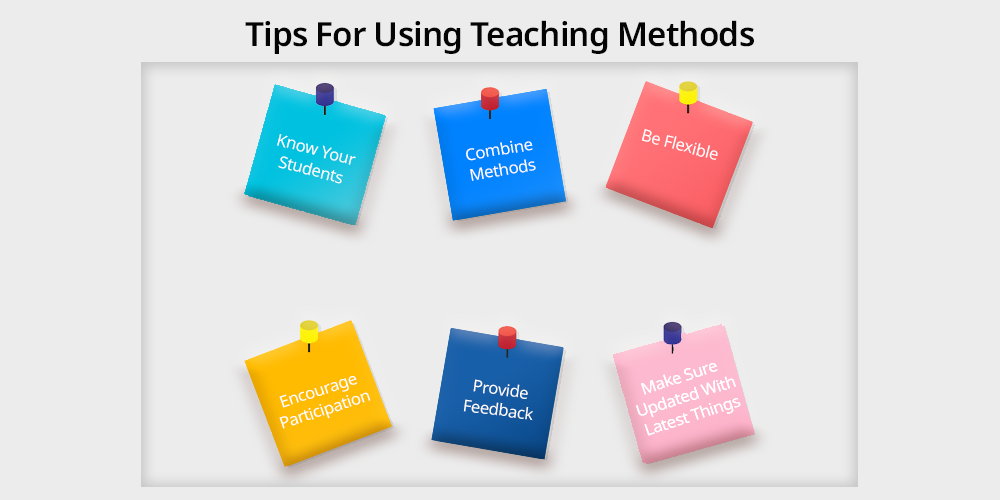
To maximize the effectiveness of teaching methods, educators can follow these tips:
- Know Your Students: Know the type of learning, preference and achievement of the students to determine the best approach.
- Combine Methods: It is possible for a combination of strategies to address individual learning characteristics and avoid learners’ boredom.
- Be Flexible: Teaching strategies as well as techniques should depend on the content, the students’ age and the class environment and culture.
- Encourage Participation: Make the students as effective participants in learning processes in order to develop their interest and ownership.
- Provide Feedback: Teachers are able to give their proper feedback to students once they can observe them with different teaching methods. Moreover, it helps them to know whether they have done correctly or where they went wrong.
Stay Updated With the Latest Trends and Technologies: It is important to make yourself updated with the trends and technologies in teaching.
It helps you to get familiar with the new technologies in the classroom.
Conclusion
Modern teaching methods have become some of the most engaging tools in education and we all know that techniques are the most important collaborative learning and formative assessment tools for education.
The different ways of teaching methods can help for the development of a rich environment by embracing the various ways of helping learners.
Whether through traditional lectures, hands-on Online Educational Activities For Your Kids, or cutting-edge technology, the goal remains the same.
Best of all, these methods provide both teachers and students with new, effective ways to facilitate and experience learning.

